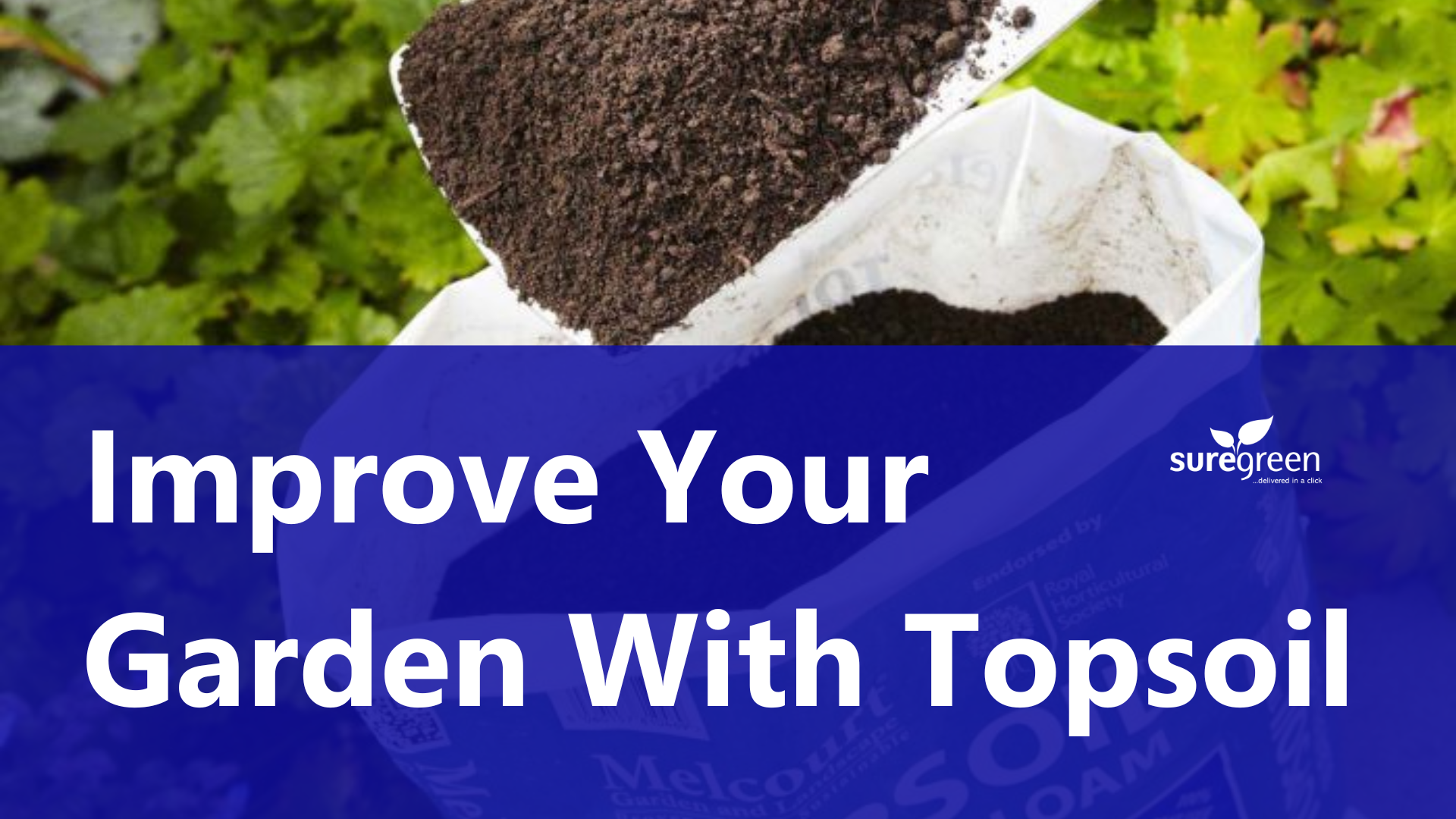Hot Weather Incoming – Are You Ready? Stock up now on essentials to beat the heat.
Q: What can you use scottish cobbles for?
Our scottish cobbles are very versatile and can be used for any number of stylish outdoor features. They are particularly popular for use in decorative borders and the sheen and beauty of the natural stone when wet means garden cobble stones look stunning close to water.
Q: What are scottish cobbles made from?
Our scottish cobbles are made from portuguese marble, which is composed of crystallized carbonates, so it tends to have a pale color and a subtle glossiness.
Q: What is the difference between cobbles and pebbles?
The difference between cobbles and pebbles is their size. Pebbles are generally 2.5 inches or smaller; cobbles can be 2.5 to 10 inches across.
Q: What are the benefits of scottish cobbles?
Low maintenance – Scottish cobbles are easy to maintain and require no watering or trimming – an occasional rinse with a hose will remove any dirt or leaves, however the rain will usually save you the work!
Drainage – Due to their size, scottish cobbles provide excellent drainage making them an ideal and attractive option for mulch or potted plants.
Versatile – Although scottish cobbles look particularly attractive in areas of water such as ponds and waterfalls, they can be used throughout the garden to create attractive decorative borders and edging, and their rounded shape and colour variety means you can create intricate patterns and mosaics.
Easy to lay – scottish cobbles are easy to lay and do not require planting.
Fish friendly – Unlike smaller decorative aggregates such as gravel or chippings, scottish cobbles can not be eaten by fish making them even more ideal for decorating garden ponds!
Drought resistant – Scottish cobbles are perfect for mulch, helping plants to survive hot weather.
Q: How do I clean and maintain scottish cobbles?
Although scottish cobbles do not require maintenance, occasional washing and cleaning may be required.
To remove dirt and other materials from the decorative stones, simply rinse with a high pressure hose once they’re in place. As cobble surfaces are porous, the water will simply soak into the ground beneath.



